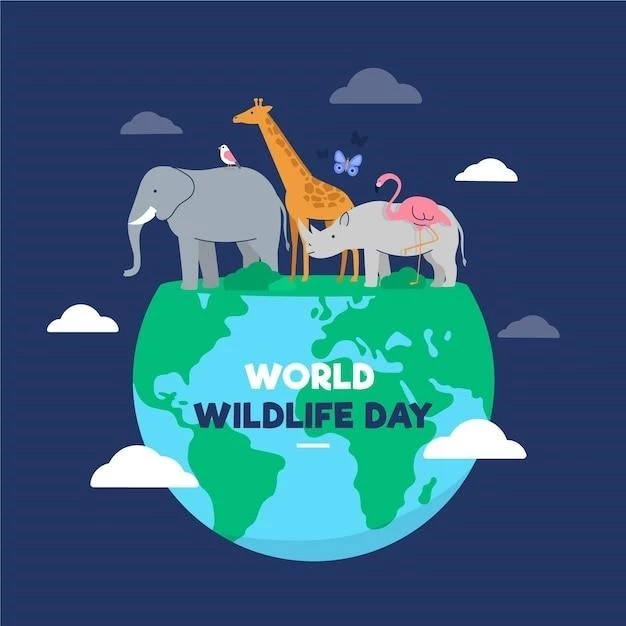Critically Endangered Species: Success Stories
As a nature enthusiast‚ I’ve always been fascinated by stories of resilience and recovery‚ especially when it comes to critically endangered species․ These stories offer a glimmer of hope in the face of the ongoing biodiversity crisis․ I recently had the opportunity to delve deeper into some of these incredible success stories‚ and I was truly inspired by the dedication and collaborative efforts that led to these triumphs․

The Bald Eagle: A Symbol of Resilience
One of the most iconic examples is the bald eagle‚ the majestic national bird of the United States․ In the 1960s‚ the bald eagle population plummeted to dangerously low numbers‚ with only around 400 breeding pairs remaining in the lower 48 states․ The primary culprit? The widespread use of the pesticide DDT‚ which thinned eggshells and hampered reproduction․
However‚ thanks to the Endangered Species Act of 1973 and the subsequent ban on DDT‚ the bald eagle population began a remarkable recovery․ I remember visiting a wildlife refuge a few years ago and being awestruck by the sight of a bald eagle soaring overhead․ It was a powerful reminder of the impact of conservation efforts․
Today‚ there are over 14‚000 breeding pairs of bald eagles in the lower 48 states․ The bald eagle’s comeback is a testament to the power of collective action and the importance of environmental regulations in protecting our planet’s biodiversity․
The Gray Wolf: A Triumphant Return
Another compelling success story is that of the gray wolf in the Northern Rocky Mountains․ Once nearly eradicated from the region due to hunting and habitat loss‚ gray wolves were reintroduced to Yellowstone National Park in the mid-1990s․ This reintroduction sparked controversy‚ but it ultimately proved to be a resounding success․
I recently watched a documentary about the reintroduction of wolves to Yellowstone‚ and I was amazed by how this apex predator restored balance to the ecosystem․ The wolves helped to control elk populations‚ which in turn allowed vegetation to recover and provided habitat for other species․
Today‚ the gray wolf population in the Northern Rockies has exceeded initial recovery goals‚ and the species has been delisted in several states․ This success story highlights the ecological importance of apex predators and the value of restoring natural processes․
Beyond Flagship Species
While the bald eagle and gray wolf are high-profile examples‚ it’s important to note that countless other species have benefited from conservation efforts․ From the tiny island fox to the majestic humpback whale‚ success stories can be found across the globe․
These successes are often the result of tireless work by scientists‚ conservationists‚ policymakers‚ and local communities․ They involve habitat restoration‚ captive breeding programs‚ anti-poaching efforts‚ and public education campaigns․
Challenges and the Future of Conservation
Despite these successes‚ the fight to protect endangered species is far from over․ Habitat loss‚ climate change‚ pollution‚ and invasive species continue to threaten biodiversity worldwide․
To address these challenges‚ we need to continue to invest in scientific research‚ strengthen environmental regulations‚ and promote sustainable practices․ It’s also crucial to engage local communities in conservation efforts and foster a sense of stewardship for our planet․

My Personal Commitment
Learning about these success stories has deepened my commitment to conservation․ I’ve started supporting organizations working to protect endangered species‚ and I’m making conscious choices in my daily life to reduce my environmental impact․ I believe that every individual has a role to play in safeguarding our planet’s biodiversity․
By sharing these stories of hope and resilience‚ I hope to inspire others to join the fight to protect our planet’s incredible biodiversity for generations to come․










